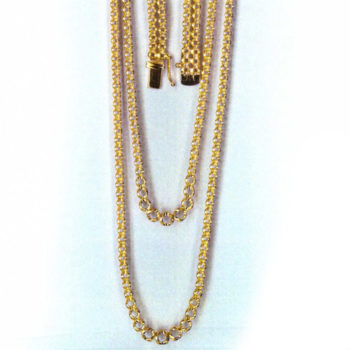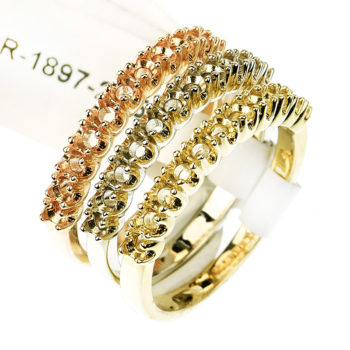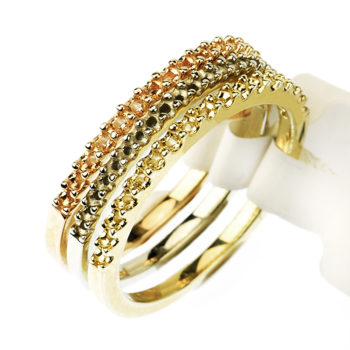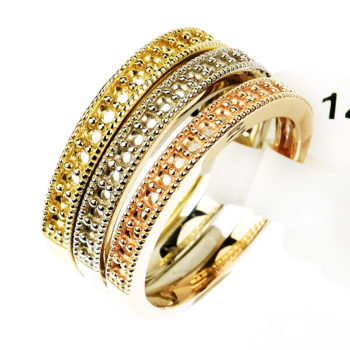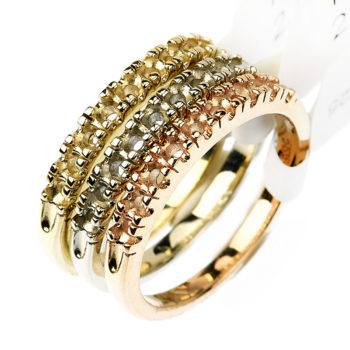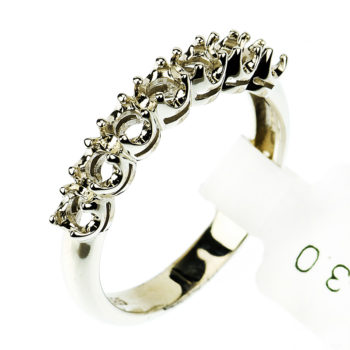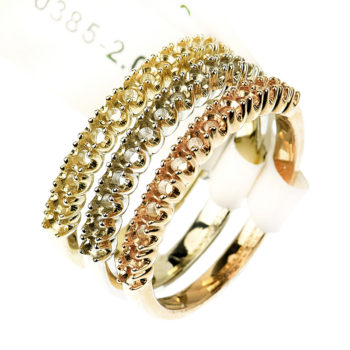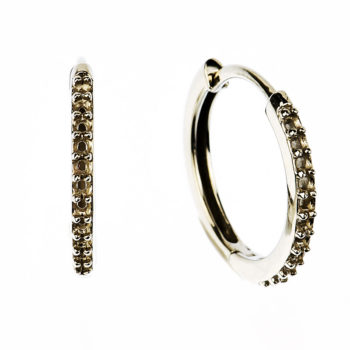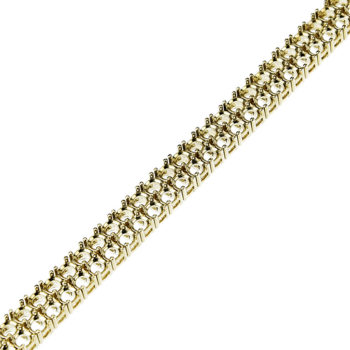Examples of holding costs include insurance and property tax, rent, deterioration, maintenance fees, storage space, shrinkage, obsolescence, and others. Ordering costs refer to all the costs incurred each time an order is placed for inventory with the company. Economic Order Quantity is valuable to both small and big business owners. It assists managers in taking decisions on the number of times they make orders on a particular item, how often they reorder to get low possible costs and how much inventory they have. The EOQ assumes demand is constant and inventory is reduced at a fixed rate until it reaches zero.
What is the economic order quantity formula used for?
It is worth noting that material acquisition costs and material carrying costs behave quite differently. In many cases, you can incorporate the EOQ of a product into a point-of-sale system. The EOQ formula is one of several inventory calculations that https://www.simple-accounting.org/ small businesses can use to make their inventory management workflows more efficient. Malakooti (2013)[10] has introduced the multi-criteria EOQ models where the criteria could be minimizing the total cost, Order quantity (inventory), and Shortages.
We and our partners process data to provide:
As a result, you will hardly ever experience any inventory shortages or high carrying costs. Inventory management experts use an EOQ formula to calculate the reorder quantity and ensure constant replenishment of stock. Economic Order Quantity (EOQ) gives the perfect standard quantity used by a company to calculate the inventory. It also helps in minimizing the total costs of inventory such as the overall ordering costs, shortage costs, and holding costs. The economic order quantity formula assumes consistent demand, fixed costs, and the absence of other external factors that may impact demand, holding costs, or setup costs.
Advantages and Limitations of EOQ:
The formula also doesn’t take extra costs into account—like setup costs on inventory orders for brand new products. If the cost per item is different every time you order, then the EOQ formula’s assumption of consistent production costs can be a massive thorn in your side. To understand the economic order formula, you’ve first got to understand how inventory costs are calculated. To find your total cost, you’ve got to add the price of your inventory items to the cost of storing those items—as well as the manufacturing costs for your orders. To calculate the EOQ for inventory you must know the setup costs, demand rate, and holding costs.
Inventory Costs Are Minimized
By placing a large batch order at once, you would be able to save on your setup cost. But if you order more than you can sell, you will start to rack up holding costs. Businesses use the EOQ formula to help them reduce their overall inventory costs. The EOQ formula is the square root of (2 x 1,000 pairs x $2 order cost) / ($5 holding cost) or 28.3 with rounding. The ideal order size to minimize costs and meet customer demand is slightly more than 28 pairs of jeans.
Economic Order Quantity also provides an ideal method of calculating the appropriate reorder point and the optimal reorder quantity to prevent shortages in inventory by replenishing the inventory instantly. Economic Order Quantity (EOC) is the quantity required to avoid running out of stocks. The annual ordering costs are found by multiplying the number of orders by the fixed cost of each order.
As a company grows, demand may increase, and economies of scale may be realized, resulting in changes in EOQ. Similarly, it can help retailers optimize their restocking requirements by calculating the right amount of inventory for each product line. Get ShipBob WMS to reduce mis-picks, save time, and improve productivity.
By adding the holding cost and ordering cost gives the annual total cost of the inventory. For calculation of the EOQ, that is, optimal quantity, the first derivative of the total cost with respect to Q is taken. Holding costs of inventory if often expressed as cost per unit multiplied by interest rate. The holding costs can be direct costs of financing the inventory purchase or the opportunity cost of not investing the money somewhere else. The holding cost represents the cost of holding inventory, such as storage costs, depreciation costs, and opportunity costs. The formula calculates the order quantity that minimizes the total cost of ordering and holding inventory.
This illustrates that the director of development, new england sos is always in the best interests of the firm. This insights and his love for researching SaaS products enables him to provide in-depth, fact-based software reviews to enable software buyers make better decisions. There are times when the cost of estimation and calculation exceeds the savings made by buying that quantity. It gives the best results concerning inventory which leads to better and long-lasting patronage. It keeps the rate of order at a normalized level that will be beneficial to the business. The amount of money spent on inventory storage becomes lesser and more affordable.
Carrying cost is calculated based on the insurance premium, depreciation, obsolescence, storage, preservation costs, and interest on value of stock held, including that of handling and other allied costs. For a single order, the procurement cost is the total cost, which is obtained by adding up all the above costs and dividing the result by the number of orders placed during that period. The EOQ tells you how much of a product you should order, so you can easily use that number when manually creating purchase orders in your POS system, if it has that functionality.
For some businesses ordering smaller amounts more often can be a cost-effective solution. The cost of carrying the variable costs that vary with the change in the amount ordered is included. The cost of inadequate carrying, on the other hand, is also an important consideration for the calculation of order quantity.
- On average, you have to pay $4 for keeping one notepad in your inventory.
- The materials are waiting for processing, semi-processed material, finished goods at the site, in transit, at the warehouse, in retail outlets.
- To find out the annual demand, you multiply the number of products it sells per month by 12.
- These brands may find it helpful to invest in inventory management software like ShipBob’s, which enables a merchant to set automatic reorder point notifications for every individual SKU.
- Ordering the optimal number of products needed helps the company to keep its costs low and prevent dead stocks.
The model assumes that there are costs related to the ordering and holding of the products in the inventory, and the EOQ calculator helps you keep these costs to the lowest they can be. It is necessary to minimize total inventory costs, and the EOQ concept is ideal in helping to achieve this. Specifically, the EOQ formula shown in the next section should be applied. The economic order quantity, or EOQ, is the optimal number of units a business should purchase when replenishing inventory while minimizing inventory costs that could eat into profit margins. In cases where the usage of materials or products is unpredictable, the formula becomes useless. The Economic Order Quantity formula only works when the holding costs, ordering costs, and annual demand is predictable.
When a business orders more inventory than it has demand for, it leads to high ordering costs as the company spends more of its cash flow on inventory. Also, it leads to high holding costs as the inventory tends to spend a long time in the warehouse since the supply exceeds demand for the product. While the core EOQ formula provides valuable insights, real-world applications often involve additional considerations.
Ordering a large amount at one time will increase inventory carrying costs. At the same time, ordering fewer items at frequent intervals will reduce carrying costs, but increase order costs. The EOQ formula is simple and easy to use, making it an important method for inventory management. By inputting data on demand, ordering cost, and holding cost, businesses can quickly calculate the optimal order quantity for a product, reducing their costs and improving their profitability.


